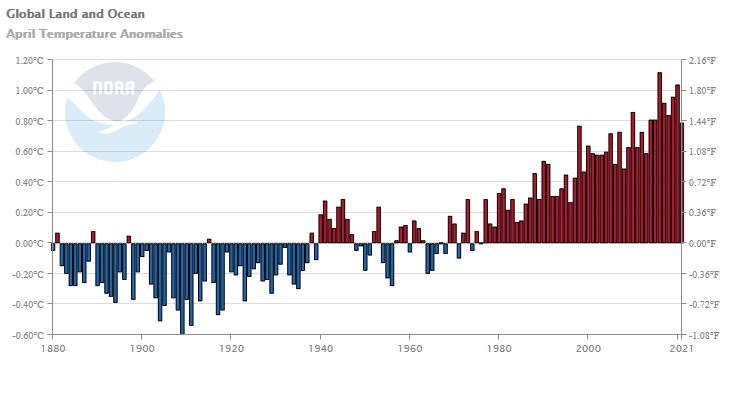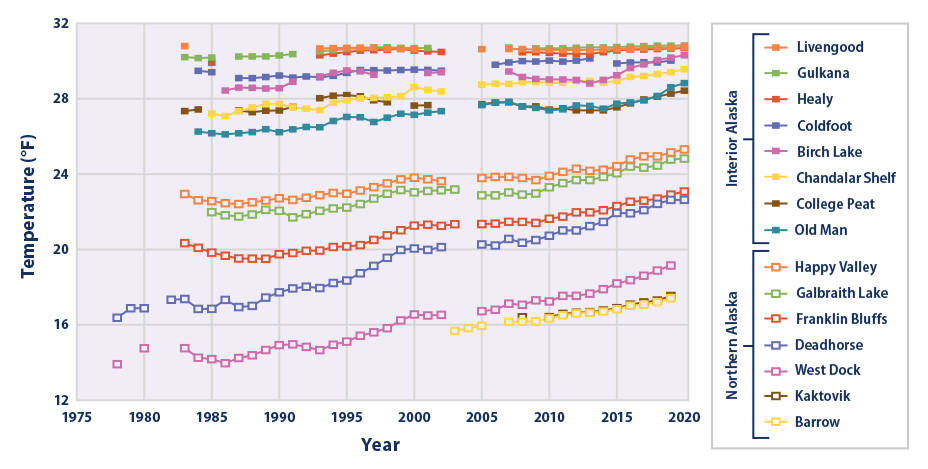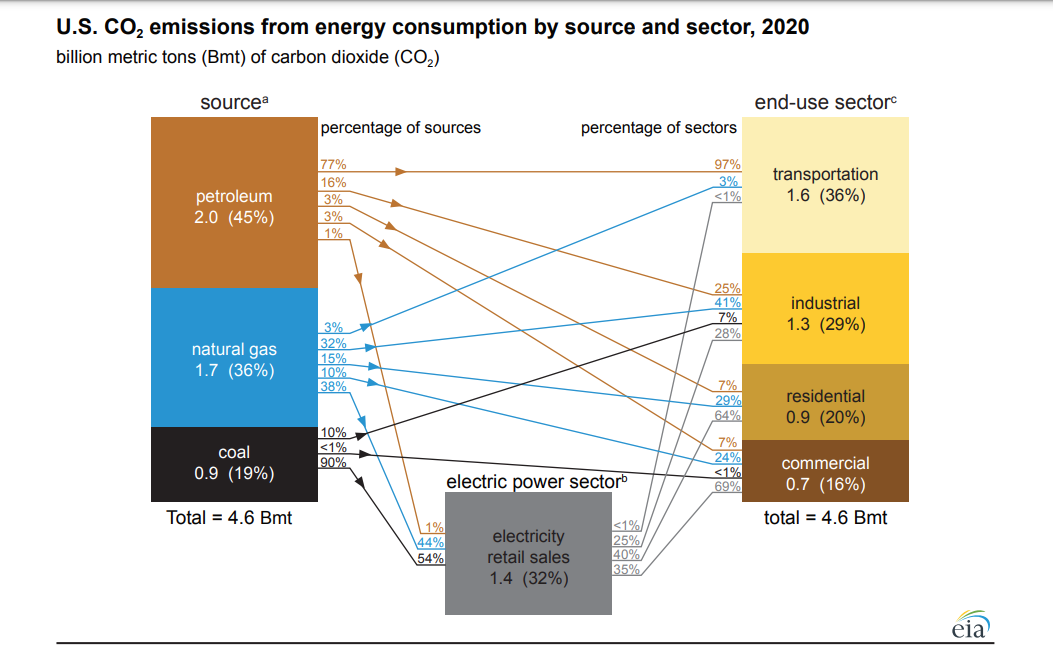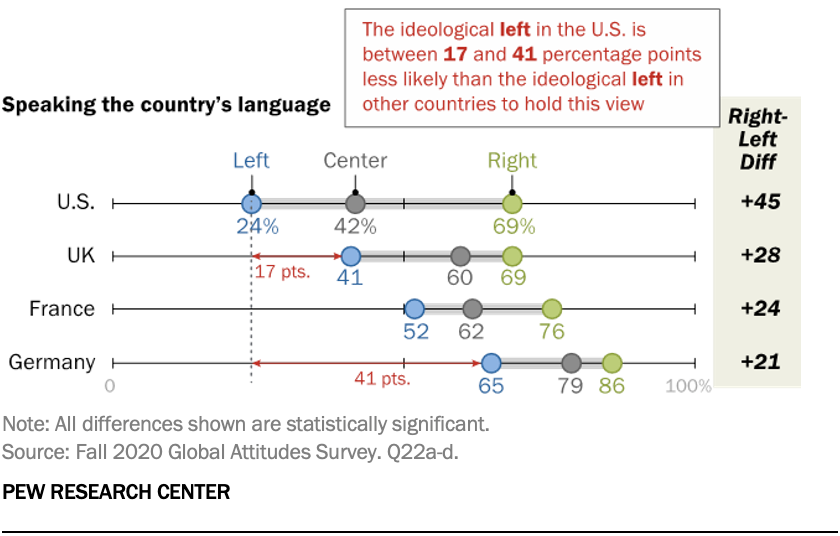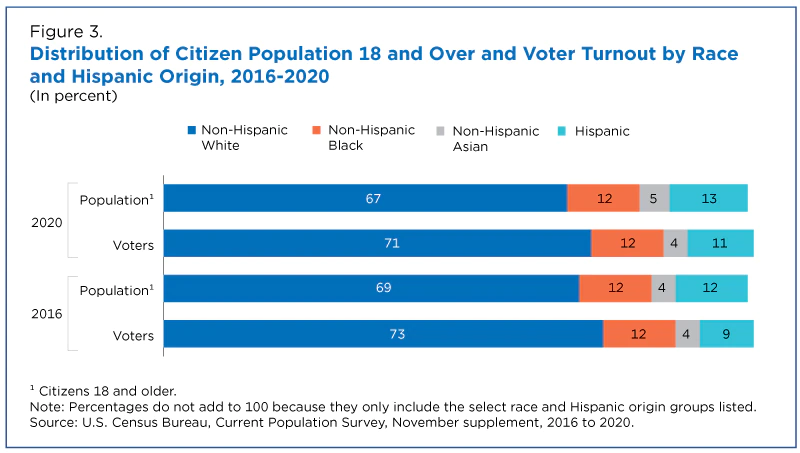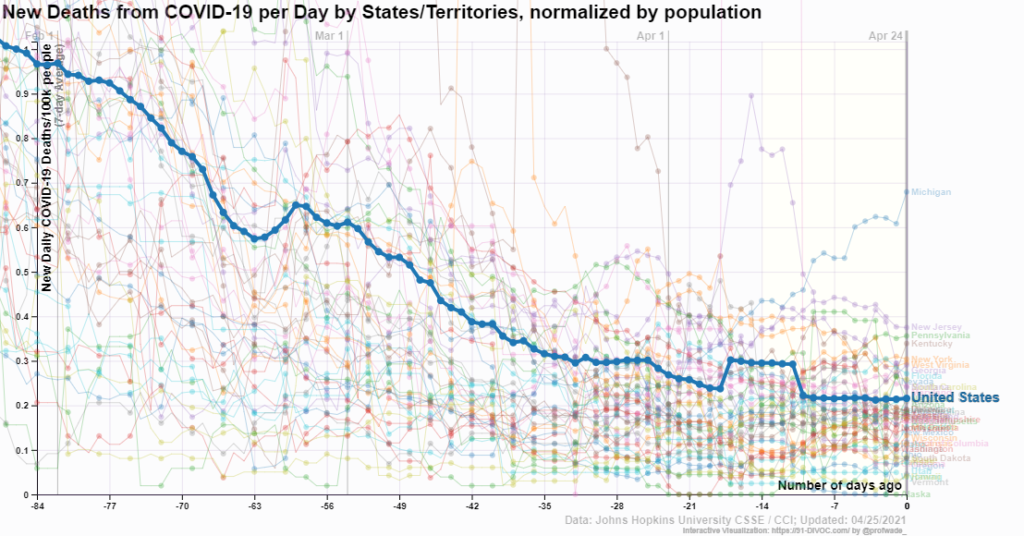 Climate.gov has a training courses page. If you filter by type of training you’ll see there are 35 online self-guided courses.
Climate.gov has a training courses page. If you filter by type of training you’ll see there are 35 online self-guided courses.
The training courses here can help you acquire the tools, skills, and knowledge you need to manage your climate-related risks and opportunities. All courses are free of charge, and are offered in at least one of three formats: online audio-visual presentations (“Online, Self-Guided” and “Tool Tutorial”), training webinars (“Online, Scheduled Lecture Series”), and residence training courses (“Onsite, Instructor-Led”). Each training module is accompanied with a test to help you evaluate your knowledge. These courses feature scientific information adapted from authoritative sources, prepared by recognized subject matter experts. The courses have been pilot tested with users and other subject matter experts and may be updated periodically, as needed.
The image here is a screen shot of two of the shorter modules which are listed as 15 minutes, while others are longer. The modules are free, but you do have to register. These can be useful for classroom use or for educators to acquire some background knowledge.

